With the arrival of grey skies and the onset of the gentle winter rains here on the Adelaide Plains, one might easily forget the vast arid desert on our doorstep to the north, a desert twice the size of Germany in South Australia alone. Not for nothing are we known as the driest state in the driest continent. Yet despite almost thirty years living with the Aussie gardener, the German cook has seen almost nothing of this vast hinterland. So with the rains sustaining the garden, there was just time for a one week dash north into the sunshine, and a memorable helicopter flight over Lake Eyre and Cooper Creek where it crosses the Birdsville Track.
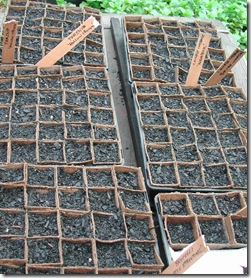 Back home again, and the garden has survived, although everything has slowed down as the temperatures have dropped. Nevertheless, planting still goes on in a never-ending cycle of germination, growth, harvest and going-to-seed.
Back home again, and the garden has survived, although everything has slowed down as the temperatures have dropped. Nevertheless, planting still goes on in a never-ending cycle of germination, growth, harvest and going-to-seed.
While we relish all the usual soft summer fruits such as figs, peaches, apricots, grapes and nectarines, plums and berries, winter time on the Adelaide Plains is citrus time; oranges, lemons, limes, mandarins and grapefruit flourish and provide plenty of Vitamin C just as the rest of the population starts to catch colds and flu.
Plenty of green things are doing well – broccoli, silver beet, beetroot, fennel, nettles, peas and potatoes.
Garlic, leeks and onions are also underway; their biggest competition in this rich black soil comes from self-seeding nettles which will swamp them unless hoed out.
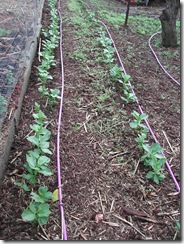 Broad beans are one of the few seeds that germinate readily under these cold conditions; these ‘Aquadulce’ broad beans are part of my rare seed collection being grown on for seed rather than food.
Broad beans are one of the few seeds that germinate readily under these cold conditions; these ‘Aquadulce’ broad beans are part of my rare seed collection being grown on for seed rather than food.
Down in the asparagus beds, the ferns have died off and will soon be cut back with hedge shears to allow the asparagus spears room to poke through in spring. Once trimmed off, compost made over several years in a Gedye Bin from household scraps will be added to the bed to keep the fertility up.

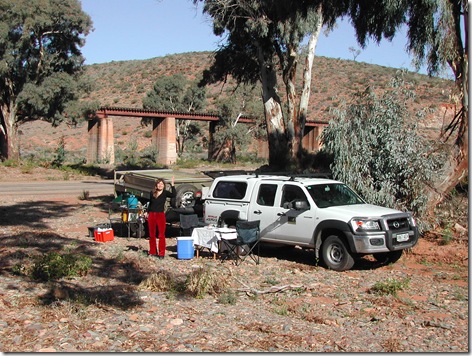
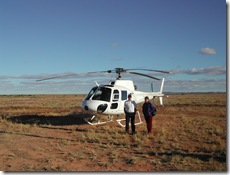

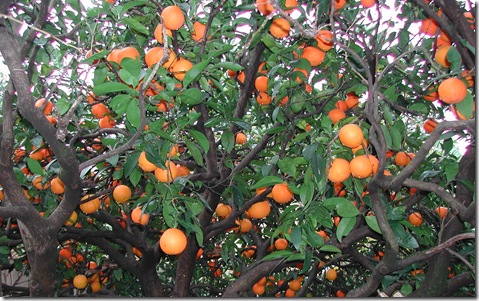
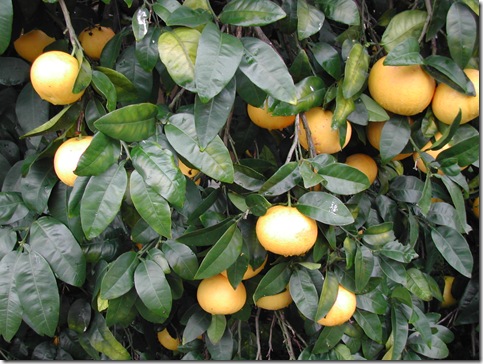
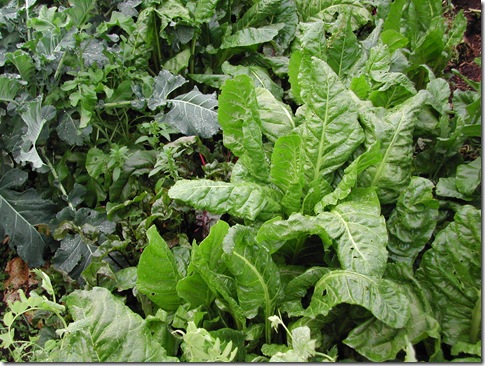
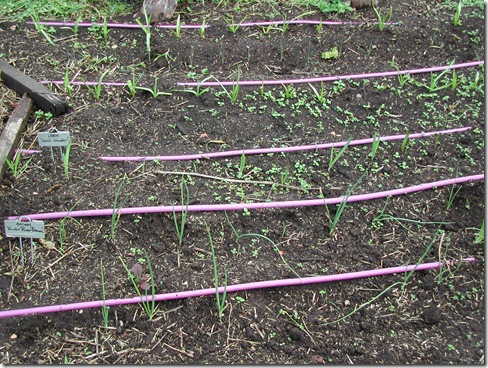
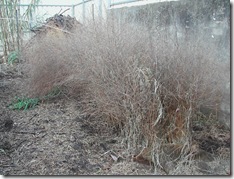
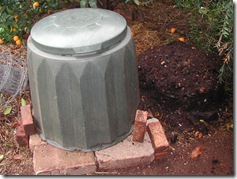
0 comments:
Post a Comment